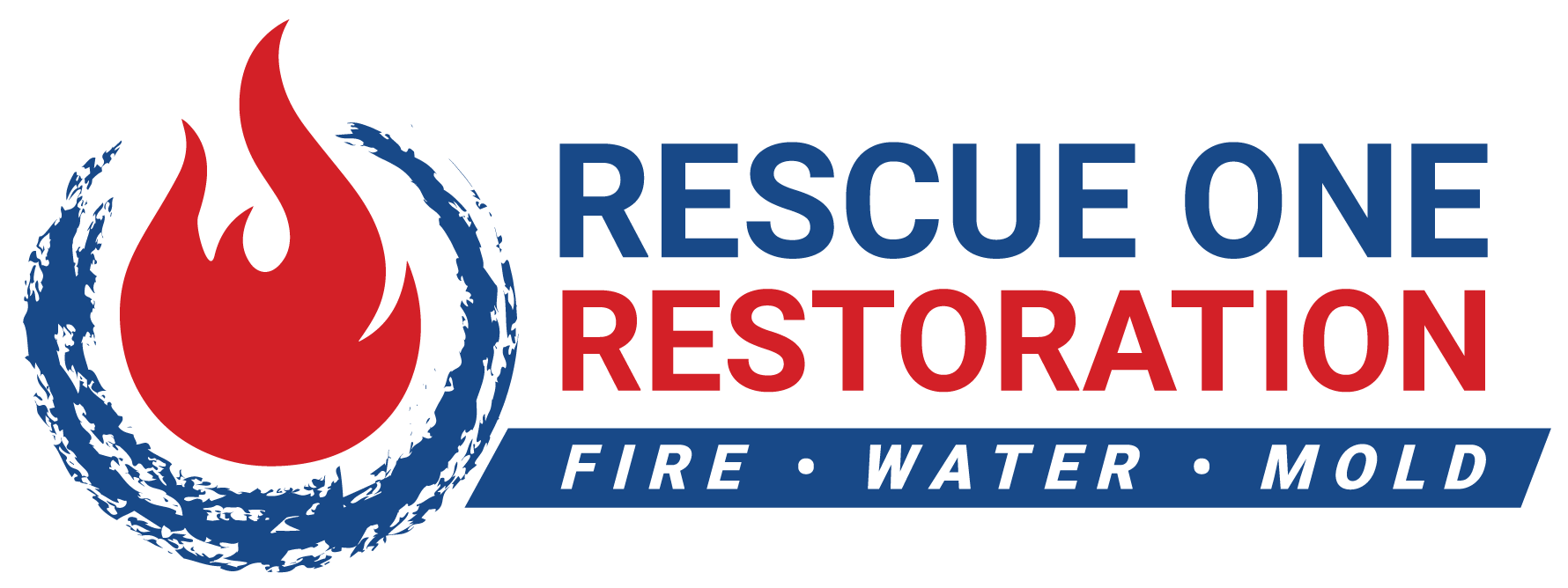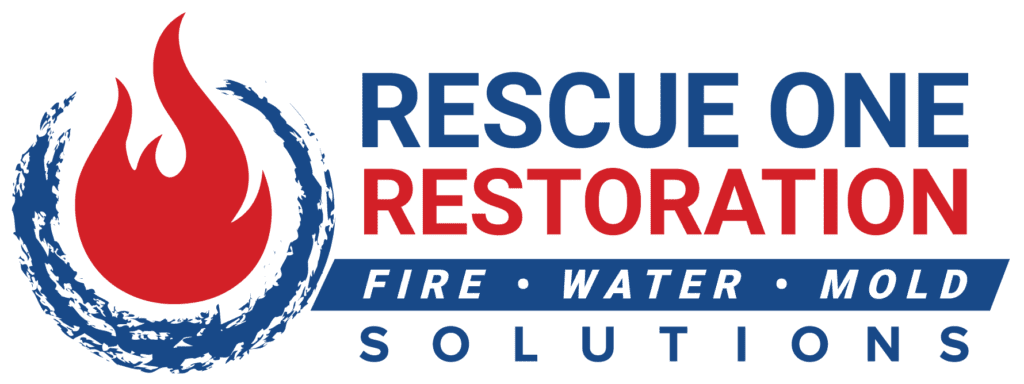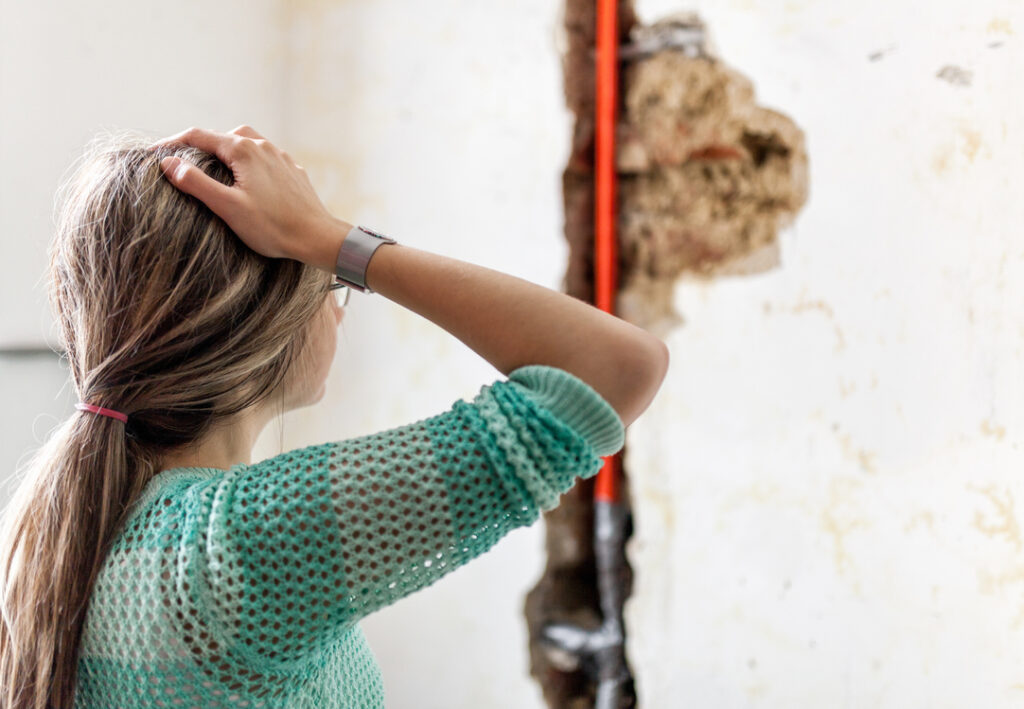
Maintaining your home is more than just keeping up its appearance. It’s also about keeping its structural integrity and ensuring your household’s safety.
One of the most common problems that homeowners face is water damage from unaddressed leaks in their properties. If you suspect that you have this issue, you should learn how to detect water leaks behind walls.
Common Signs Of Water Leaks Behind Walls
Water leaks can range from drops from pipes to all-out gushes of water. It’s best to nip the problem in the bud right away if you notice them. Water damage not only destroys your property but can also harm you and your family’s health.
Here are the common signs of water leaks behind walls in your home:
Discoloration
Discoloration is a tell-tale sign of a water leak. If you notice that your walls have changed color, you should check for possible leaks or flooding.
We’ve found that the problem usually starts with a subtle change in wall color. For instance, if you have concrete walls, the leak might cause them to become a darker shade of gray. As the issue persists and grows, you may also notice brown or green spots, which are indicative of mold.
Warped or Peeling Paint
On the other hand, if you have painted walls, you may notice paint that’s warped or peeling. This means that the water leak has damaged and soaked the wall. If you look underneath the paint, you’ll see discoloration.
Odd Odors
Aside from visual signs of water leaks behind walls, you may also notice odd odors. These indicate that the water leak has drenched your walls and other parts of the house.
Water leaks are typically described to have a musty smell, especially when the water hits wood or paper materials. Some structural materials can retain water, so watch out for odd odors that could be an early sign of water leaks.
Mold
The presence of mold is a significant indicator that your home has a water leak. Mold thrives in damp and humid places, such as bathrooms and kitchens, if left unattended. Having water leaks behind your walls can lead to mold growth in the interior part of your home.
Mold can be distinguished by its brown or green spots. They grow in clusters and spread out in an area. They also emit a musty smell in their early stages, which later becomes stale and pungent, similar to rotting wood
Wet Areas
You may also notice wet spots on your floors or on the ceiling if the leaks are in the upper part of your home. Determine if these wet areas are caused by appliances, such as your dishwasher or washing machine, or kitchen and bathroom fixtures, like faucets, toilets, and showerheads. If they aren’t, then it’s highly likely that you have a water leak problem.
Water Sounds
Although dripping sounds might be muffled since they’re behind the walls, there might be times when you notice them, especially during quiet moments in the house. The noise may also escalate to whooshing sounds, which could signal that the drip has worsened and has become a full-flown deluge.
Damp Window Sills
If there’s a leak in the upper part of your home, the water will move to the lower floors through the inside of the walls. As such, you may notice damp window sills and frames since water usually pools on frame edges, sill surfaces, and window undersides.
Increased Utility Bills
Lastly, if you suspect that there are water leaks behind walls in your home, you should monitor your utility bills. If your home uses your local water systems, you may see an increase in your water bill. On the other hand, you’ll see a rise in your energy bill if your home uses a well water system. The increased cost can be a sign that there’s a hidden leak somewhere in your home.
What To Do
Now that you know how to detect water leaks behind walls, you should also be aware of what you can do to prevent further structural damage to your home. Here are three tips to help you:
Verify Your Suspicion
If you notice one or more signs above, you should verify your suspicion by doing a quick test. First, turn off all devices or appliances that use water, from faucets and showers to dishwashers and washing machines. Next, check the number on your water meter.
Wait for at least three hours and make sure not to use any water during this time. After three hours or more, check your meter again. If the number moved, you have a water leak in your home. If it doesn’t, the leak could come from your roof or walls.
Pinpoint the Leak’s Location
If you’ve confirmed your suspicions, you should try to pinpoint the general location of the leak. Inspect the different rooms in your home, especially in areas where the pipes go behind the walls.
Takeaway
You should know how to detect water leaks behind walls in your home to ensure your property’s structural integrity. If you notice any of the signs above, you should immediately contact us for professional repair and water damage restoration services.
We can help you spot early signs of water leaks behind walls in your home and fix them as soon as possible. This way, we can prevent further damage to your property. Aside from repairing the leaks, we also do water extraction and structural drying to restore your home’s pristine condition.
Learn more about water damage, our water damage repair services and how Rescue One Restoration can serve you here.
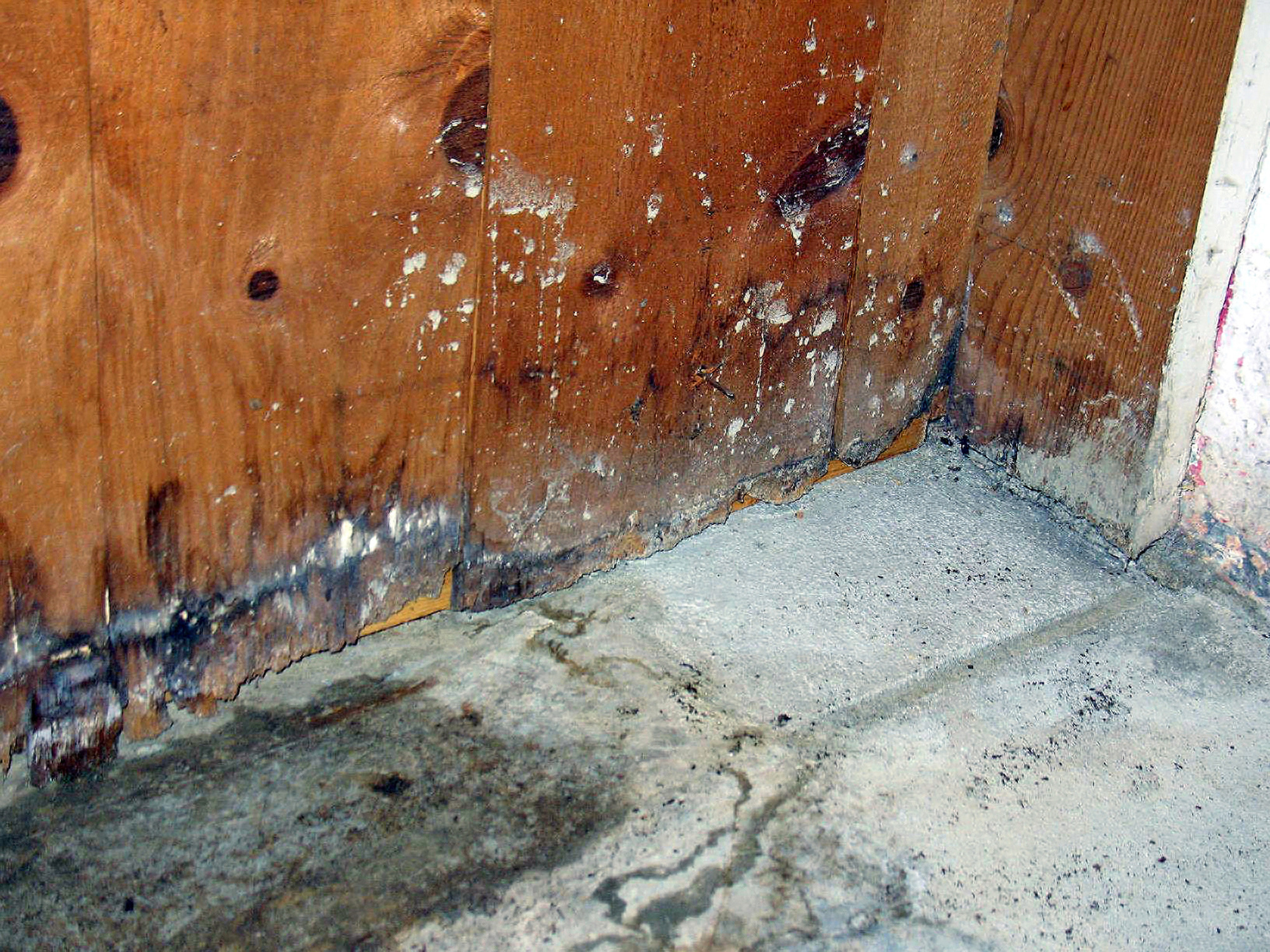
The Hidden Dangers Of Home Water Damage: Why Immediate Restoration Matters Water damage in your home can be very dangerous. What seems like a minor issue at first glance can lead to significant long-term consequences. Left untreated, water damage can cause severe problems, from potential structural issues to the growth

Understanding Insurance Coverage For Damage Restoration In Hawaii With its stunning natural beauty and idyllic climate, living in Hawaii can feel like a dream come true. However, the state’s unique geographical challenges, including its vulnerability to natural disasters like hurricanes, volcanic eruptions, and flooding, can turn that dream into a
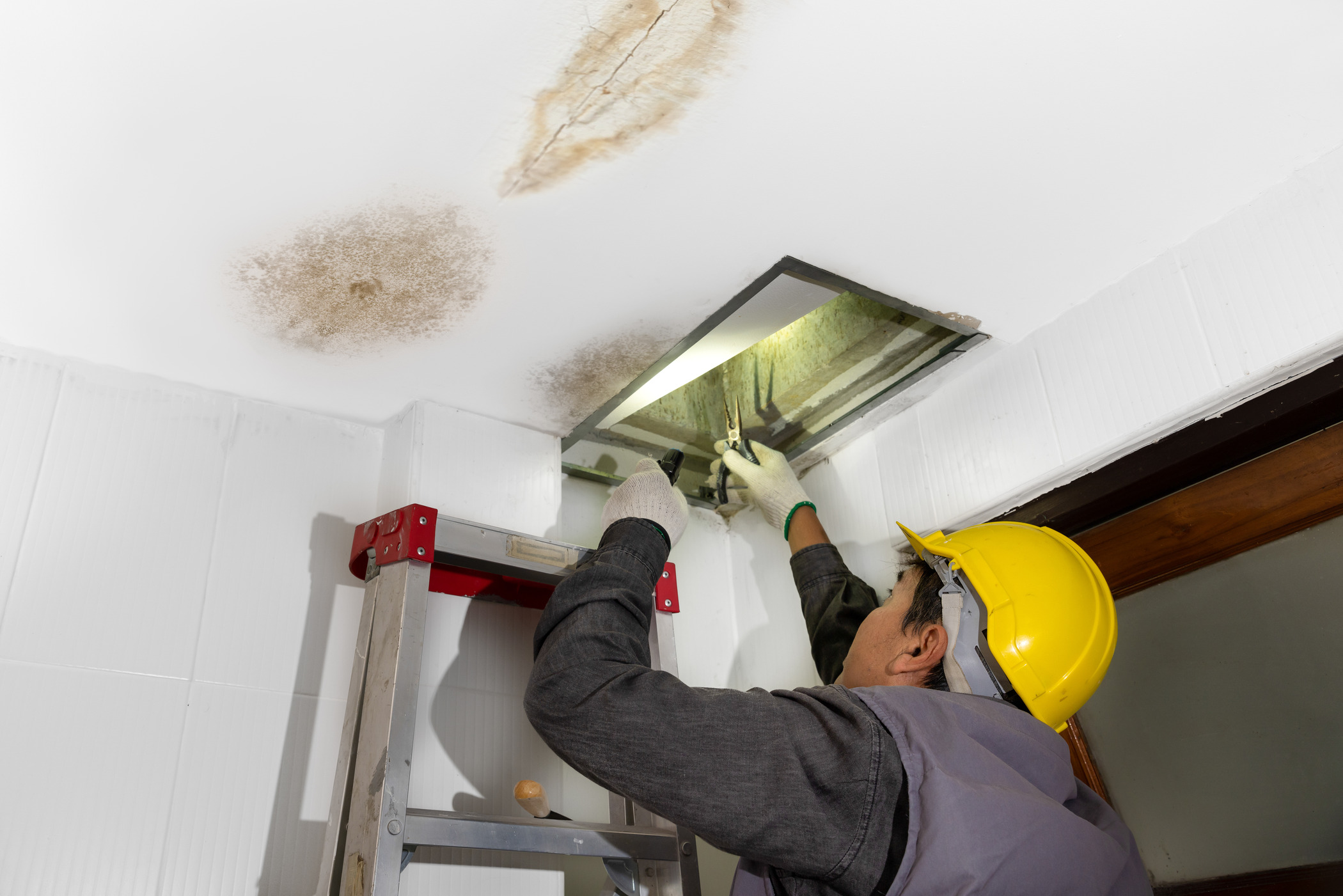
The Ultimate Guide To Water Damage Restoration In Hawaii: What You Need To Know Water damage is a common issue faced by homeowners and businesses alike, especially in a place like Hawaii, where tropical storms and hurricanes can wreak havoc. When faced with water damage, it’s crucial to act swiftly
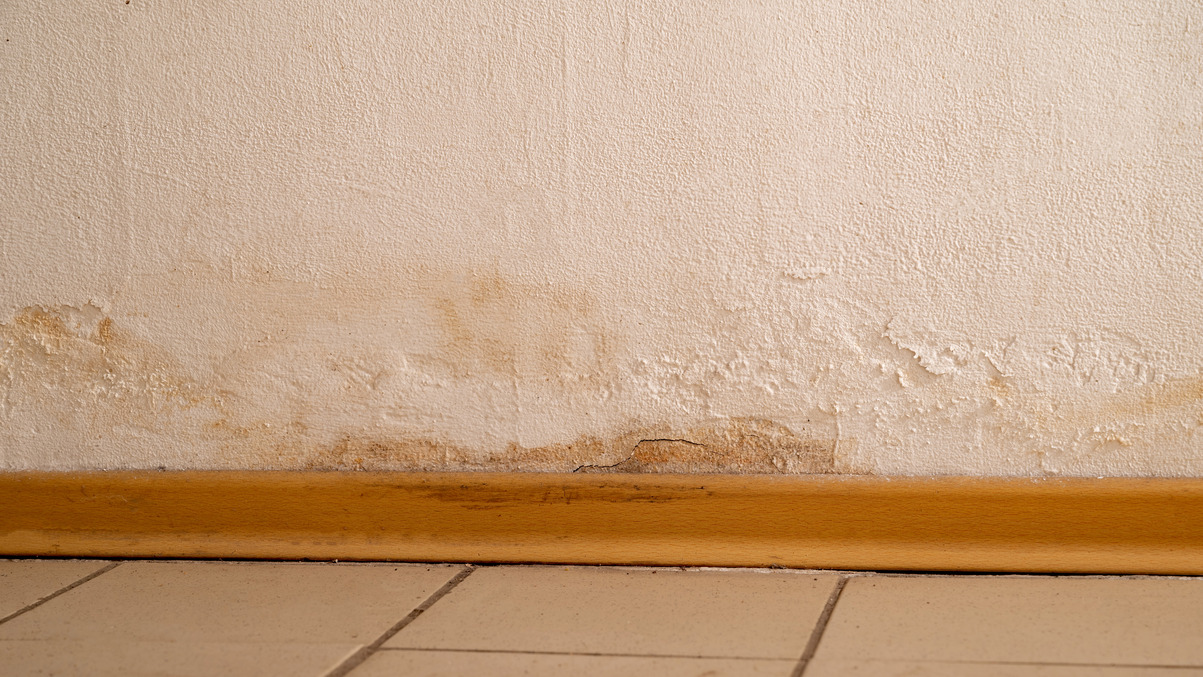
Many homeowners aren’t sure if they need to replace their drywall after water damage. Even a tiny amount of water can cause significant problems for your drywall, and if not fixed quickly, the damage can worsen over time. We’re here to help you answer the question: does wet drywall always
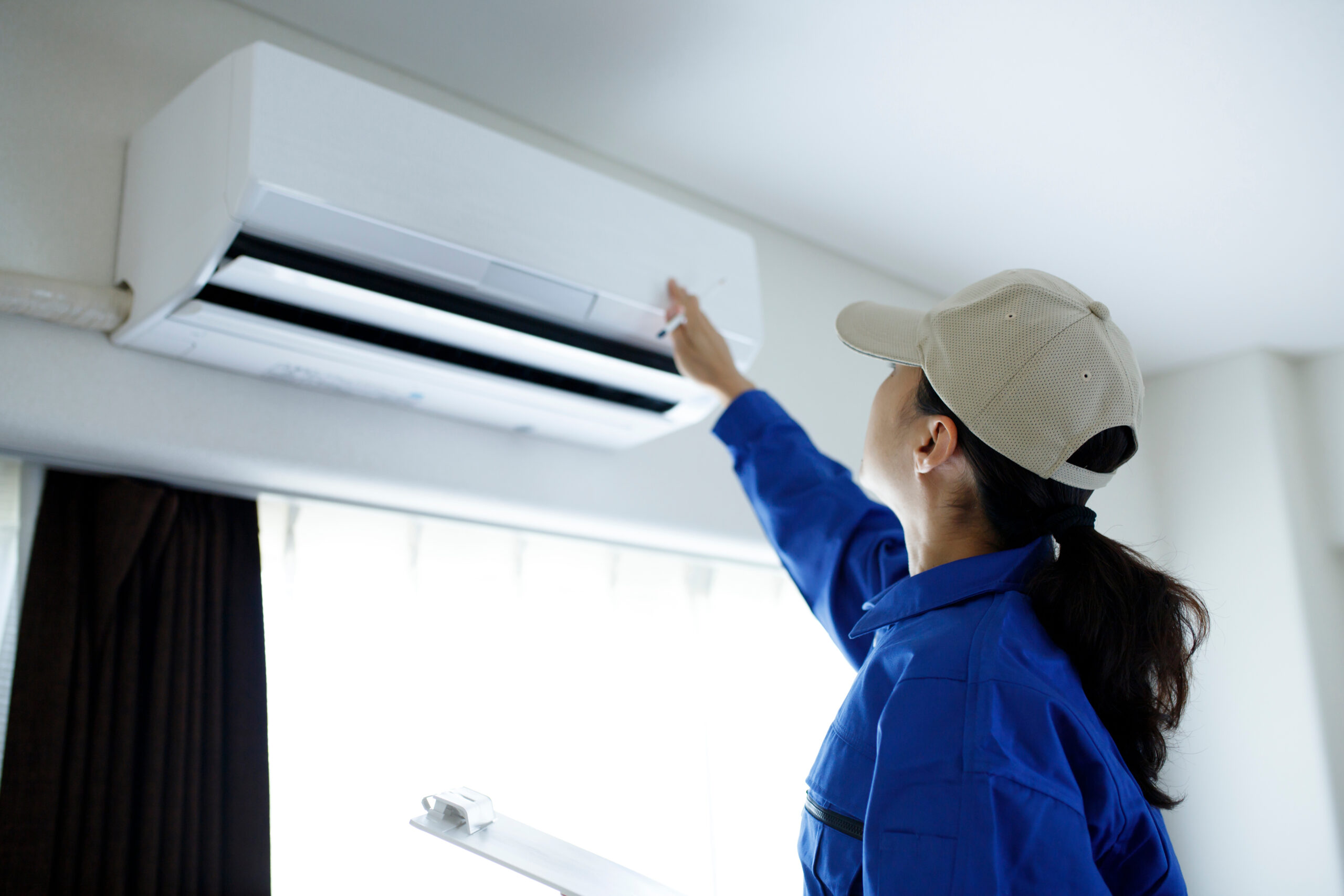
Mold can grow on nearly any surface around your home. In particular, mold thrives on surfaces that are damp, cold, or both. This means many of your household appliances can be potential breeding grounds for mold and mildew growth. It is also important to conduct regular checks and cleaning to
